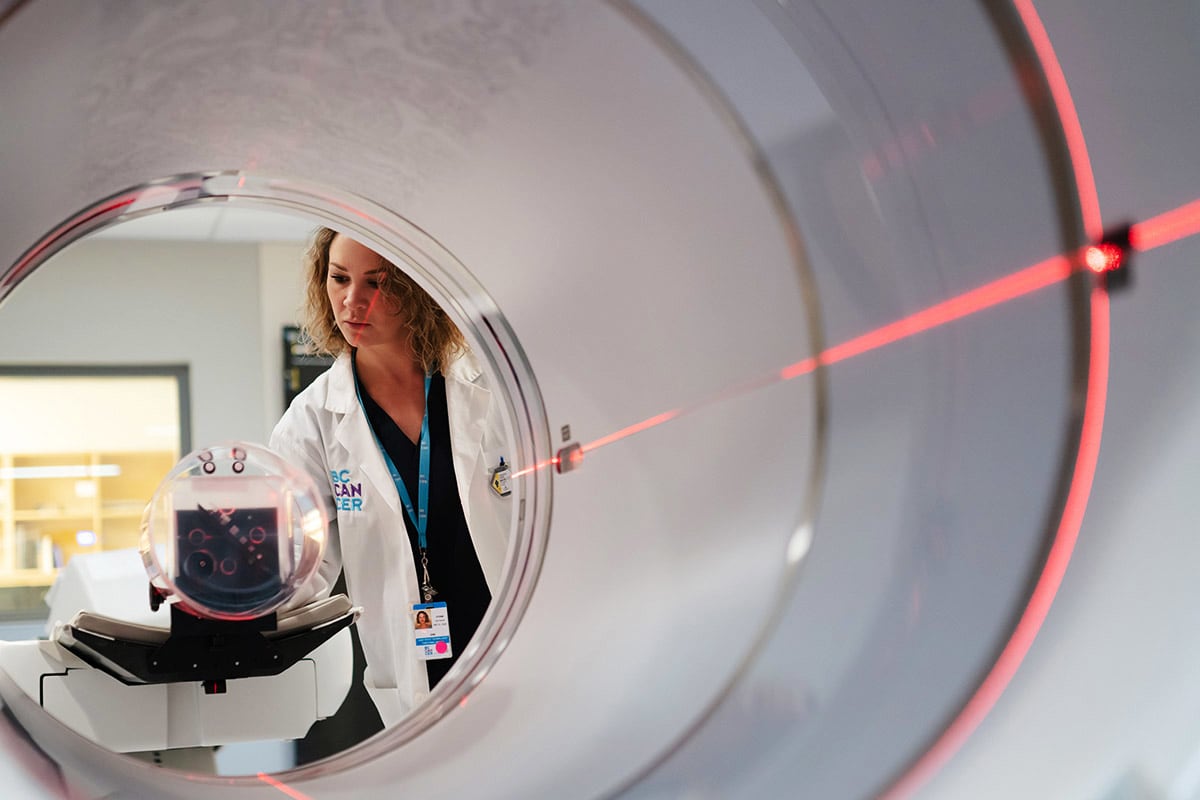Translational Research: From the Laboratory to Patient Care
August 14, 2015
My primary research focus is on translational research—from bench to bedside—applying new technologies and findings from the laboratory to patient care. This involves the application of molecular and imaging tools for community screening, early detection, and management of cancerous and precancerous oral lesions.
In Canada, one in 10,000 people has oral cancer. Even with current advances in treatments, one in two will die within five years. For those who do survive this disease, significantly compromised daily functions and disfigurement are common long-term impacts. Continuous research in this field is needed.
Early identification of oral lesions at risk is the key to controlling this disease.
New Directions in Research
What am I working on now? One of the major goals of my research is to find a new way to identify early oral cancers which require treatment before they become cancer (Here is a recent interview on how we are using a new detection test to identify early oral cancers).
Another key goal is to differentiate between those oral cancers which will spread to the lymph nodes and those which will not. This is being accomplished through genetic sequencing of the surgical samples donated by our research patients over the years.
The ability to differentiate has huge clinical relevance: when oral cancer spreads to the neck lymph nodes, it can significantly impact the patient’s chance of survival, dropping from 80% to 20%. In order to avoid under-treating these patients, we need to find a way to identify them.
But not all oral cancers have the risk of spreading to the lymph nodes – only 30% of patients could have this happen to them. Because over-treating those patients without neck disease (the remaining 70%) can impact their quality of life too, we need to find a way to differentiate them. This knowledge will enable us to make better, more informed decisions about the degree of treatment.
Catherine


